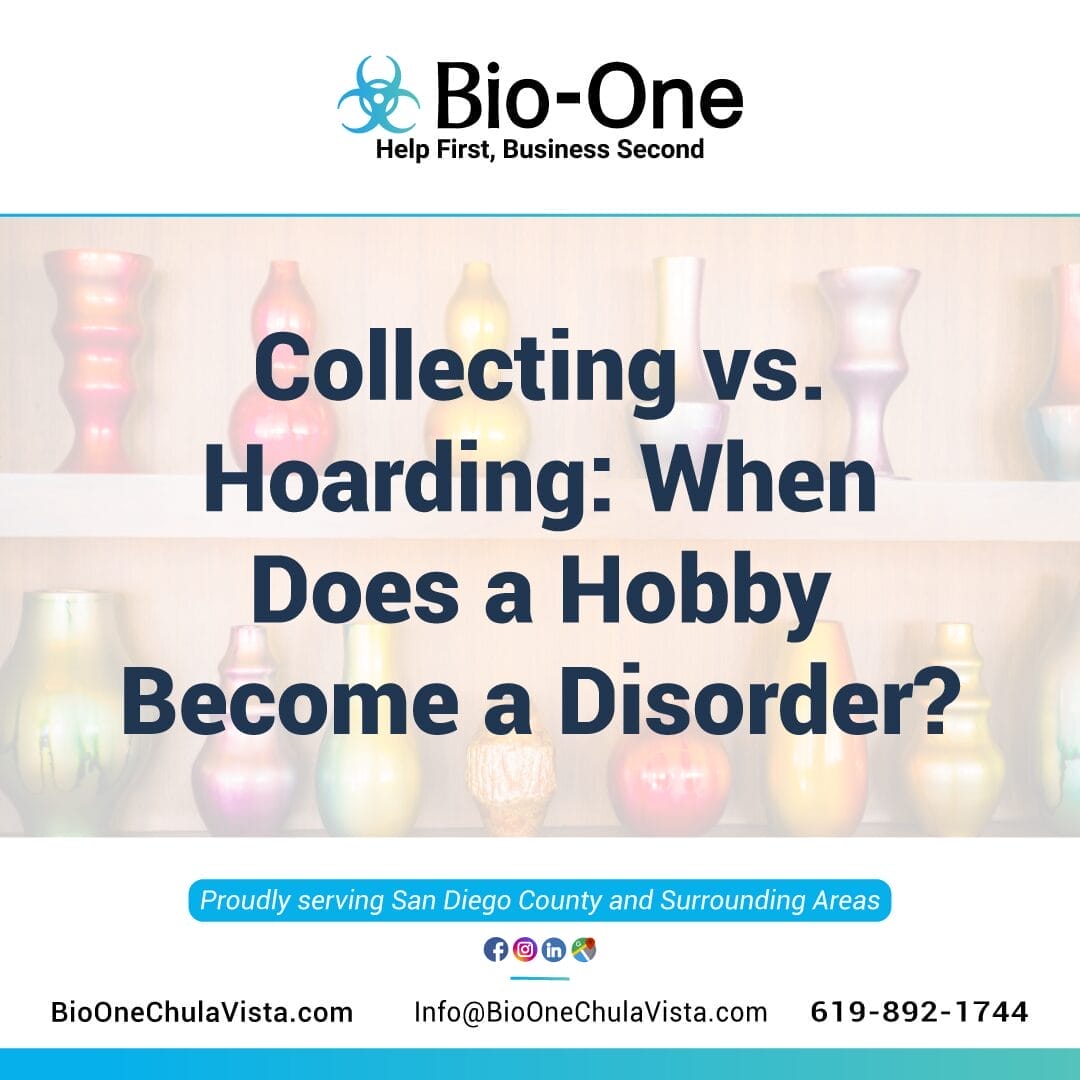
Ever walked into the home of an enthusiastic antique collector, or perhaps gazed upon the meticulously organized shelves of a stamp aficionado, and wondered where the line between a hobby and a mental health condition is drawn? While collecting is a beloved pastime for many, it can sometimes tip into the realm of hoarding, which is recognized as a disorder. This blog post delves into the nuances of collecting vs. hoarding, helping you understand when a simple pastime might require professional intervention.
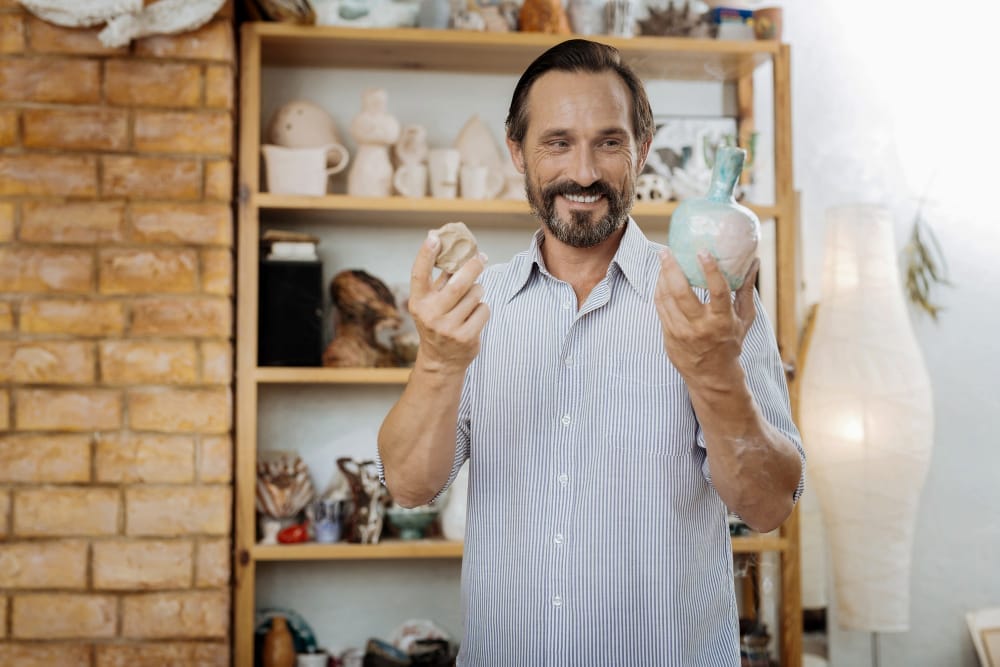
For many, collecting stands as a time-honored hobby, bonding people over shared interests, preserving history, and even adding value to a person's life through the cultivation of a specialized knowledge base. At its core, collecting is an organized and curated activity; items are often displayed purposefully and there is a sense of pride and satisfaction that comes from growing a collection.
Collecting is all about the thrill of the hunt and the appreciation for the objects collected. It’s about making connections, often through social interaction or trading, and can be an outlet for creativity and self-expression. A collector may have a deep fascination for their items and derive joy from engaging with them, yet they can also step away from their collection without undue stress or anxiety.
In contrast to collecting, hoarding is a mental health disorder characterized by an inability to discard items. This goes beyond simply having a cluttered space and can lead to significant distress and impairment in various areas of life, including work, relationships, and even basic health and safety. Hoarding is often a manifestation of anxiety and cognitive difficulties that result in attachment to objects most people would consider worthless or trash.
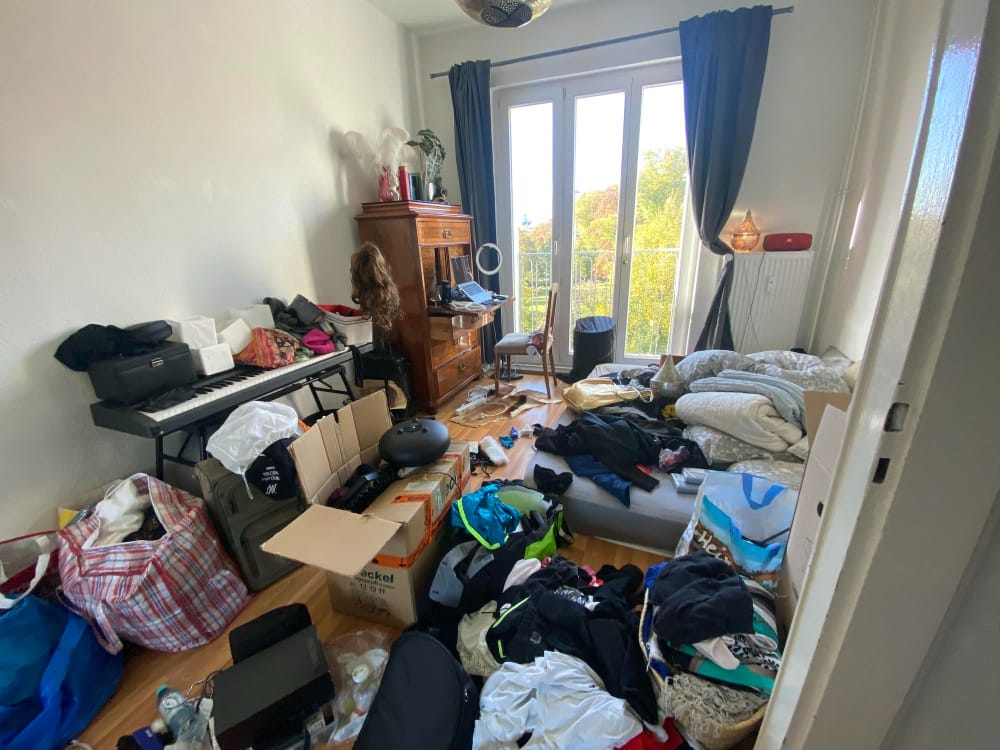
Hoarding behavior is typified by the accumulation of large quantities of items that often have little to no value. Hoarders may experience severe distress at the thought of parting with their possessions and may believe that they will need these items at some point or that the items have an inherent value that others cannot see. Their living spaces become increasingly cluttered, which can lead to isolation and difficulty maintaining a home.
One of the primary distinctions between collecting vs. hoarding is the individual's perception of their items. A collector values each item in their collection and curates it with purpose, often for future enjoyment or investment value. In contrast, a hoarder's collection is often chaotic, non-discerning, and may include a large number of items that most would consider trash.
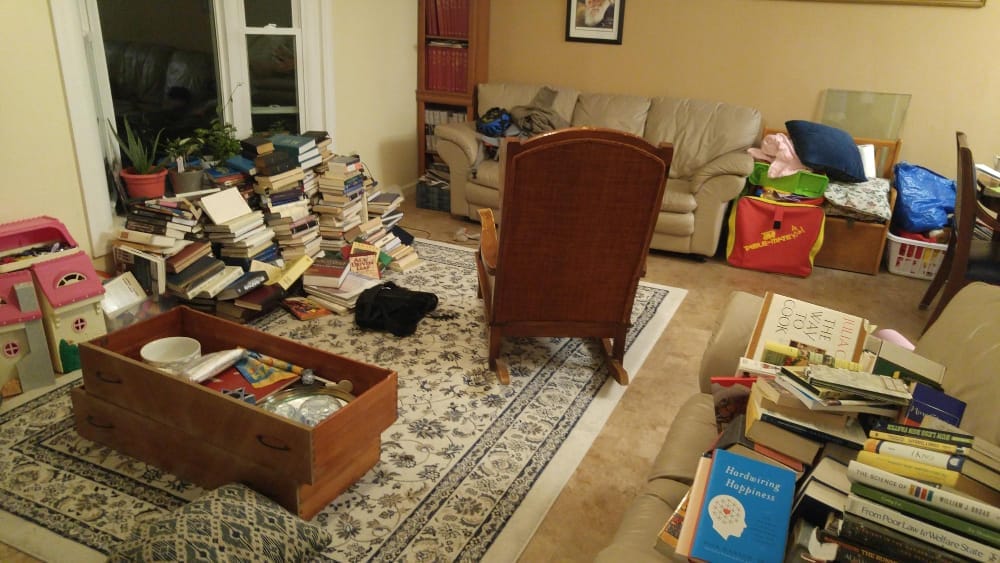
Another crucial difference is the level of functionality within the living space. While a collector may have a dedicated area for their items that is separate from their daily life, a hoarder's living environment becomes progressively more dysfunctional as their possessions encroach on their ability to carry out normal daily activities.
Hoarding can go unnoticed for years, as individuals may be ashamed or unaware that their behavior is symptomatic of a larger problem. Some common signs to look out for include:

Hoarding Disorder can have a significant impact on an individual's mental health. These impacts can include severe anxiety, depression, feelings of shame and inadequacy, and a profound sense of loneliness and social isolation. The cluttered living environment can also lead to further cognitive and sensory overload, exacerbating the symptoms of the disorder.
RELATED: Hoarding and Health - How Much has Hoarding Affected You?
Hoarding affects the individual and also strains relationships and degrades the quality of life for family members and loved ones. Homes become battlegrounds for control, and families struggle to understand the hoarder’s behavior, often feeling helpless to intervene.
If you suspect you or someone you care about may be struggling with hoarding, it's important to encourage professional help. Treatment for Hoarding Disorder often involves therapy and support groups, as well as cognitive-behavioral strategies to address the patterns of thought and behavior underlying the hoarding. Hoarding is a manageable condition. Just make sure to engage with them in open and non-judgmental communication.
Understanding the distinction between collecting vs. hoarding is more than an academic exercise. It’s an important step in recognizing when a pastime crosses the line into a disorder, and when to seek help or extend support. Remember, seeking help is not an admission of failure; it’s a courageous step toward a healthier life.
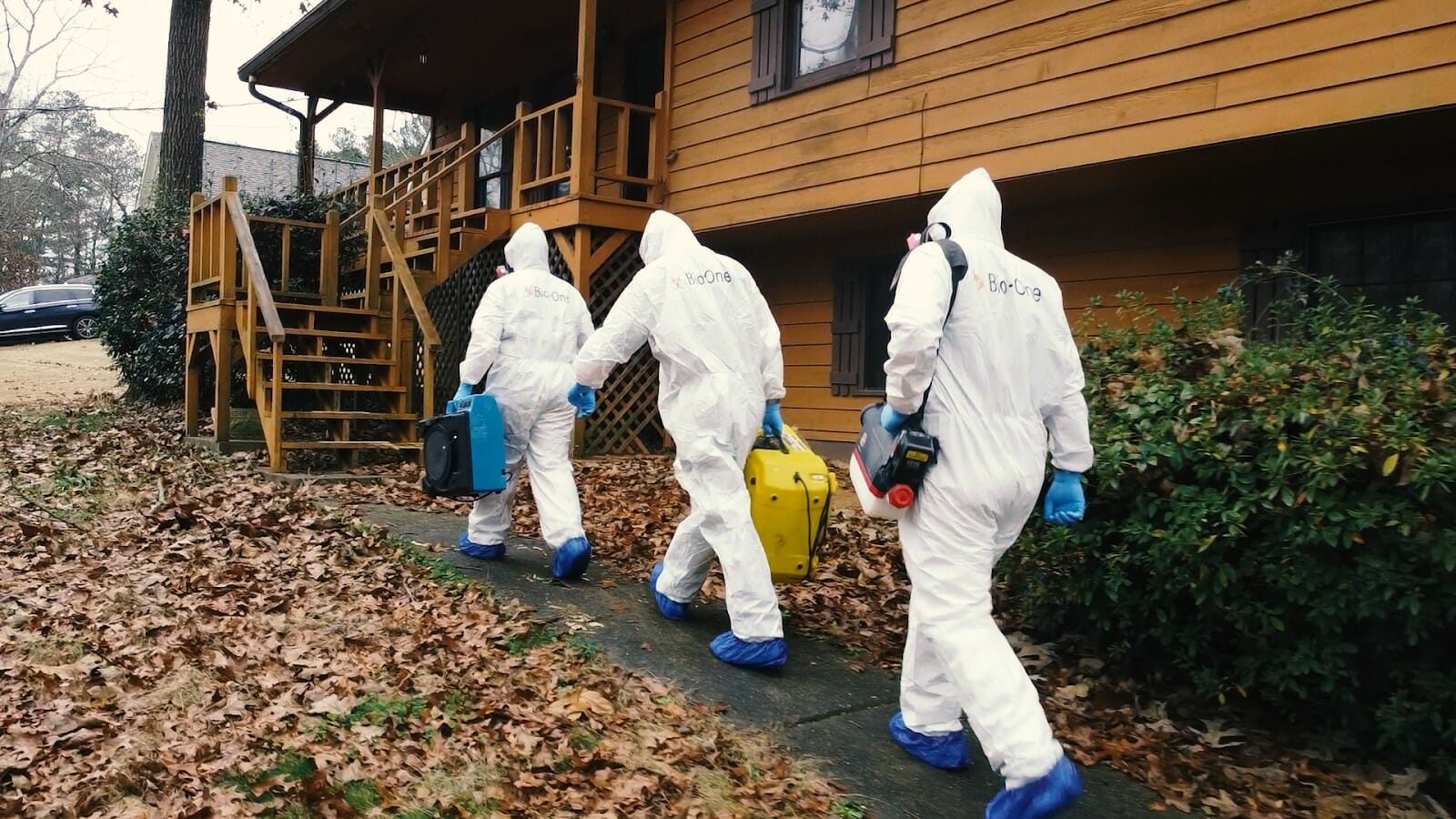
Remember, hoarding often requires professional intervention, and services like those offered by Bio-One of Chula Vista can make a significant impact. For help, reach out to specialized organizations equipped to support hoarding cases (take a look at our Guide Section to learn more), and remember, patience and understanding are key components when navigating through the complexities of hoarding.